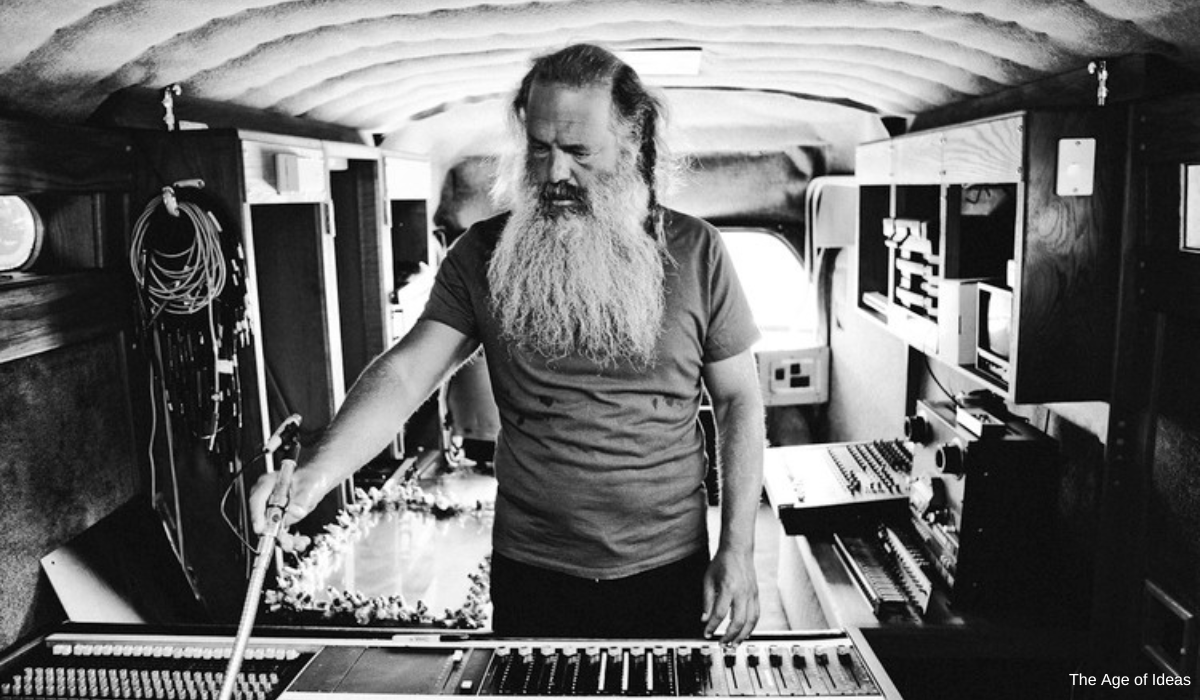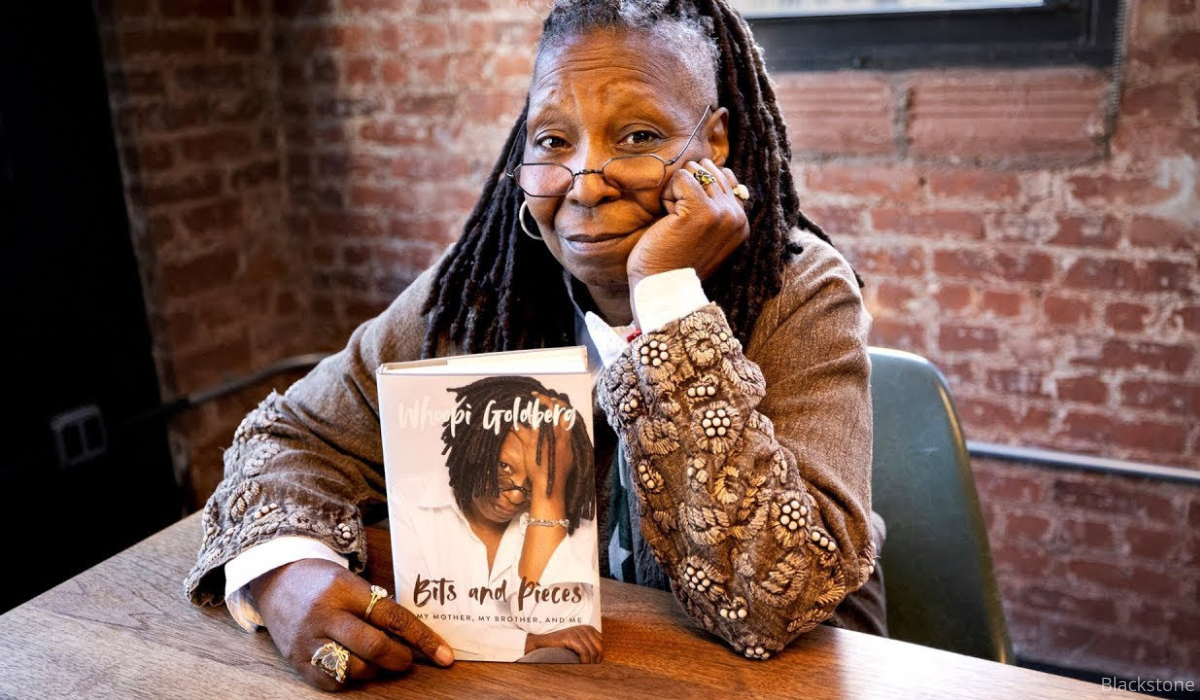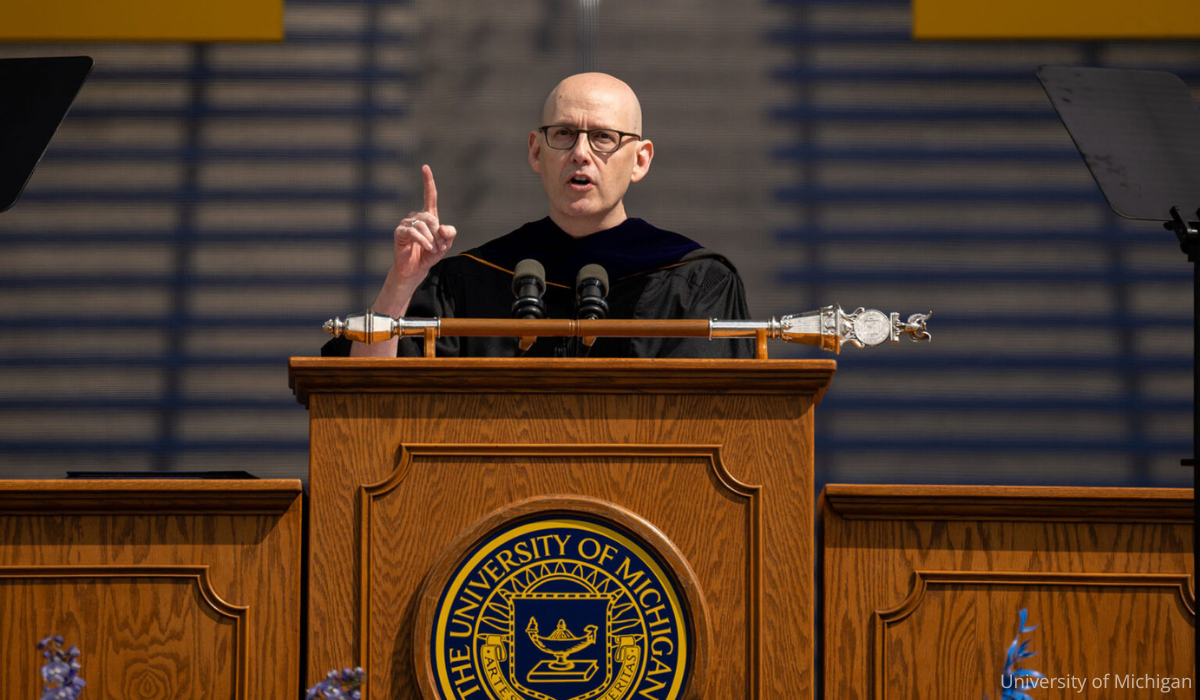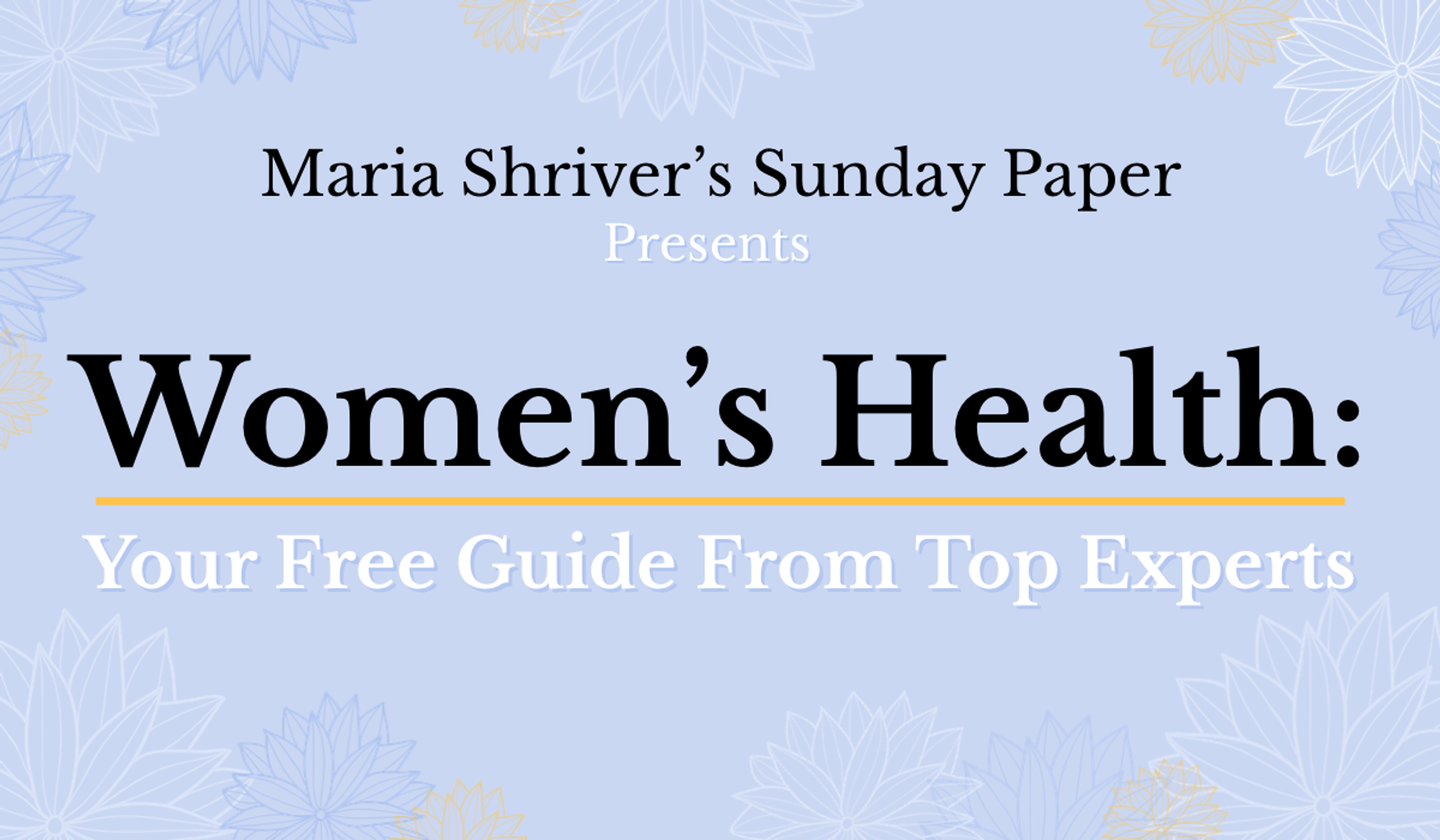In His Bestselling Book, The Creative Act, Rick Rubin Offers All of Us New Ways to Tap Into Our Creativity—and Compelling Reasons Why
Those who do not engage in the traditional arts might be wary of calling themselves artists. They might perceive creativity as something extraordinary or beyond their capabilities. A calling for the special few who are born with these gifts.
Fortunately, this is not the case.
Creativity is not a rare ability. It is not difficult to access. Creativity is a fundamental aspect of being human. It’s our birthright. And it’s for all of us. Creativity doesn’t exclusively relate to making art. We all engage in this act on a daily basis. To create is to bring something into existence that wasn’t there before. It could be a conversation, the solution to a problem, a note to a friend, the rearrangement of furniture in a room, a new route home to avoid a traffic jam.
What you make doesn’t have to be witnessed, recorded, sold, or encased in glass for it to be a work of art. Through the ordinary state of being, we’re already creators in the most profound way, creating our experience of reality and composing the world we perceive.
On living as an artist …
To live as an artist is a way of being in the world. A way of perceiving. A practice of paying attention. Refining our sensitivity to tune in to the more subtle notes. Looking for what draws us in and what pushes us away. Noticing what feeling tones arise and where they lead.
Attuned choice by attuned choice, your entire life is a form of self-expression. You exist as a creative being in a creative universe. A singular work of art.
On looking for clues …
Material for our work surrounds us at every turn. It’s woven into conversation, nature, chance encounters, and existing works of art.
When looking for a solution to a creative problem, pay close attention to what’s happening around you. Look for clues pointing to new methods or ways to further develop current ideas.
A writer may be in a coffee shop, working on a scene and unsure what a character is going to say next. A phrase might be overheard in the chatter from another table that provides a direct answer, or at least a glimpse of a possible direction. We receive these types of messages all the time, if we remain open to them. We might read a book and find a quote leaping off the page, or watch a movie and notice a line that moves us to pause and rewind. Sometimes it’s the exact answer we’ve been looking for. Or it could be an echo of an idea that keeps repeating in other places—begging for more attention or affirming the path we’re on.
These transmissions are subtle: they are ever-present, but they’re easy to miss. If we aren’t looking for clues, they’ll pass by without us ever knowing. Notice connections and consider where they lead. An integral part of the artist’s work is deciphering these signals. The more open you are, the more clues you will find and the less effort you’ll need to exert. You may be able to think less and begin to rely on answers arising within you.
On looking inward …
It’s common to believe that life is a series of external experiences. And that we must live an outwardly extraordinary life in order to have something to share. The experience of our inner world is often completely overlooked.
If we focus on what’s going on inside ourselves—sensations, emotions, the patterns of our thoughts—a wealth of material can be found. Our inner world is every bit as interesting, beautiful, and surprising as nature itself. It is, after all, born of nature.
When we go inside, we are processing what’s going on outside. We’re no longer separate. We’re connected. We are one.
Ultimately, it doesn’t make a difference whether your content originates on the inside or the outside. If a beautiful thought or phrase comes to mind, or if you see a beautiful sunset, one’s not better than the other. Both are equally beautiful in different ways. It’s helpful to consider there are always more options available to us than we might realize.
On self-doubt …
Self-doubt lives in all of us. And while we may wish it gone, it is there to serve us.
Flaws are human, and the attraction of art is the humanity held in it. If we were machinelike, the art wouldn’t resonate. It would be soulless. With life comes pain, insecurity, and fear.
We’re all different and we’re all imperfect, and the imperfections are what makes each of us and our work interesting. We create pieces reflective of who we are, and if insecurity is part of who we are, then our work will have a greater degree of truth in it as a result.
The making of art is not a competitive act. Our work is representative of the self. You would be amiss to say, “I’m not up to the challenge.” Yes, you may need to deepen your craft to fully realize your vision. If you’re not up to it, no one else can do it. Only you can. You’re the only one with your voice.
On having an abundant mindset…
A river of material flows through us. When we share our works and our ideas, they are replenished. If we block the flow by holding them all inside, the river cannot run and new ideas are slow to appear.
In the abundant mindset, the river never runs dry. Ideas are always coming through. And an artist is free to release them with the faith that more will arrive.
The recognition of abundance fills us with hope that our brightest ideas still await us and our greatest work is yet to come. We are able to live in an energized state of creative momentum, free to make things, let them go, make the next thing, and let it go. With each chapter we make, we gain experience, improve at our craft, and inch closer to who we are.
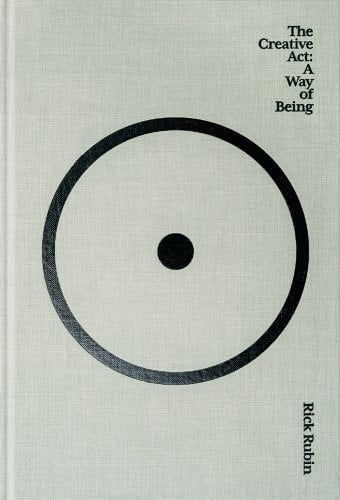
Adapted from THE CREATIVE ACT: A Way of Being ©Rick Rubin published by Penguin Press. You can purchase your copy HERE.
Rick Rubin is a nine-time GRAMMY-winning producer, named one of the 100 most influential people in the world by Time and the most successful producer in any genre by Rolling Stone. He has collaborated with artists from Tom Petty to Adele, Johnny Cash to the Red Hot Chili Peppers, Beastie Boys to Slayer, Kanye West to the Strokes, and System of a Down to Jay-Z.
Question from the Editor: What are some of the ways you love being creative?

